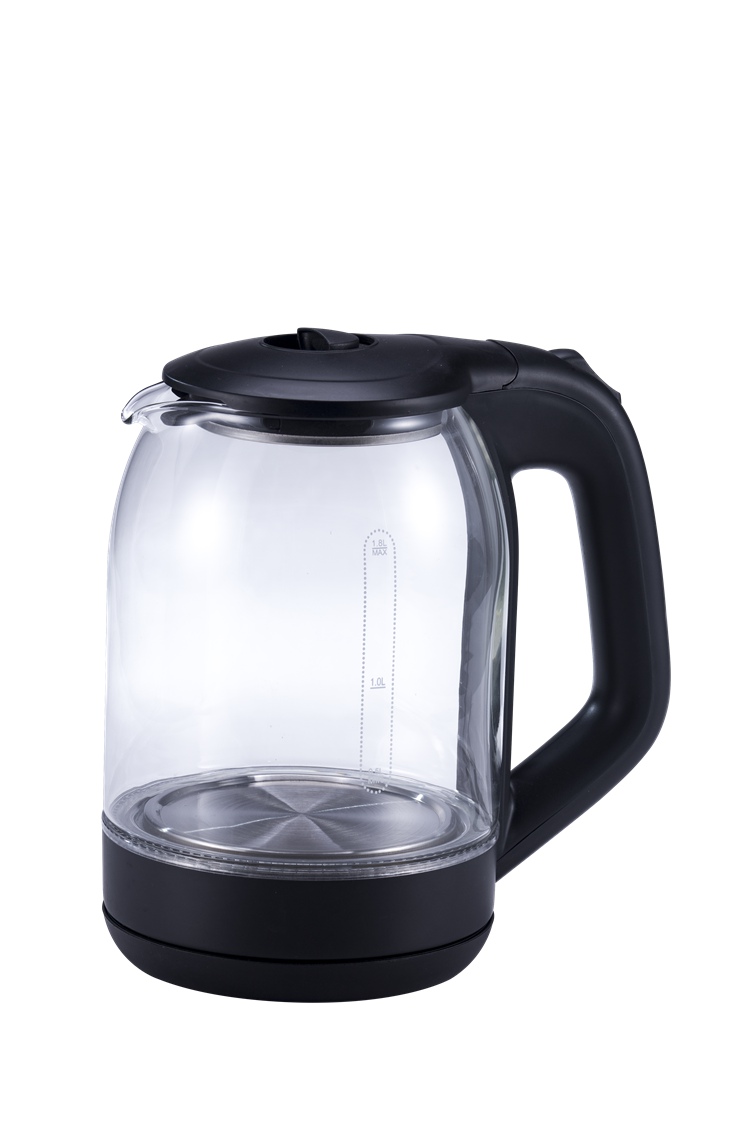
Glass Kettles can indeed develop limescale buildup over time. Limescale is a hard, chalky deposit that forms when water containing minerals such as calcium and magnesium evaporates and leaves behind residue. When boiling water in a glass kettle, the minerals in the water can get deposited on the walls and bottom of the kettle, creating a white, crusty buildup that is difficult to remove.
To prevent limescale buildup in a glass kettle, it is recommended to use filtered or distilled water instead of tap water, as tap water usually contains a higher concentration of minerals. Using filtered or distilled water reduces the amount of minerals that can accumulate in the kettle, thus minimizing limescale formation.

However, if limescale has already developed in a glass kettle, there are several methods to remove it. One common approach is to fill the kettle with a mixture of equal parts vinegar and water and let it soak for a few hours or overnight. After soaking, the kettle should be rinsed thoroughly with clean water. The acidic properties of vinegar help dissolve and remove the limescale deposits. Another method is to use lemon juice instead of vinegar, as the citric acid in lemons has similar properties for limescale removal.
For stubborn limescale deposits, gentle scrubbing with a non-abrasive sponge or a soft cloth can be effective. However, it is important to avoid using harsh abrasives or chemicals that may scratch or damage the glass surface of the kettle.
Regular cleaning and descaling of a glass kettle is important to maintain its performance and prolong its lifespan. Depending on the frequency of use and the hardness of the water, descaling may need to be done every few weeks or months. Following the manufacturer's instructions for cleaning and descaling is recommended, as different kettles may have specific recommendations for maintenance.
In conclusion, glass kettles can develop limescale buildup over time due to the mineral content in the water. Using filtered or distilled water and regularly cleaning and descaling the kettle can help prevent and remove limescale deposits.
Previous: What is the safest glass tea kettle?